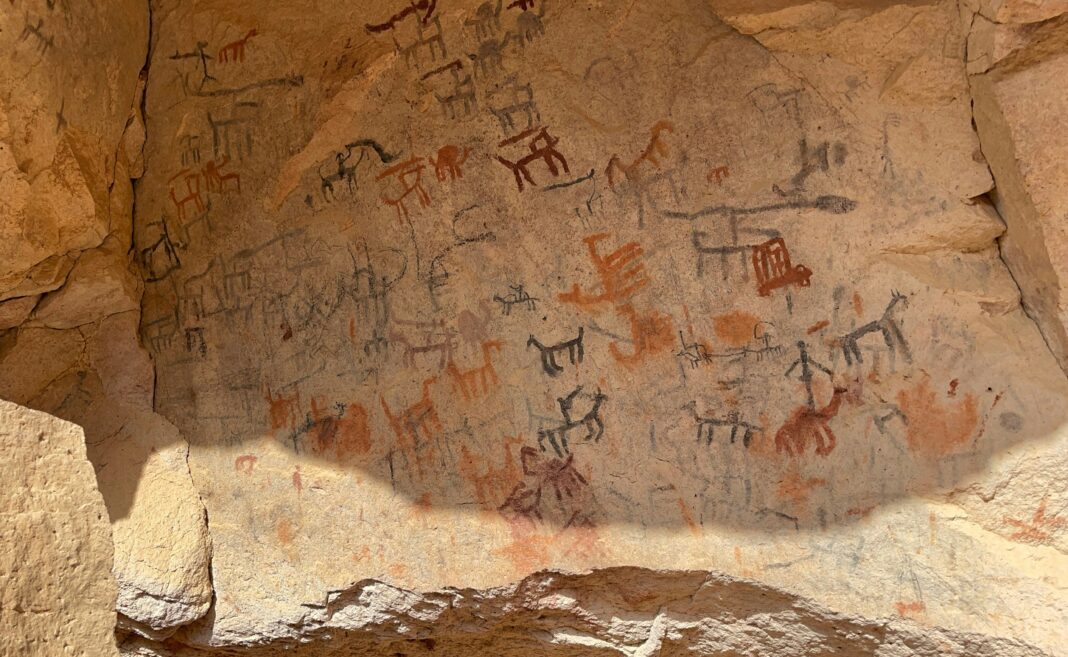Communication is the cornerstone for human civilization. From ancient cave paintings to modern-day emojis, the ways we’ve shared our thoughts, stories, and emotions have evolved dramatically. Let’s explore this journey of human communication and look at what might come next.
1. Cave Paintings: The Dawn of Expression
-
- The earliest form of communication can be traced back over 40 000 years ago. These ancient artworks were more than just depictions of animals or hunting scene, they were a form of storytelling, acting as a way for humans to communicate their experiences, beliefs, and values.
2. The Birth of Writing: Symbols and Scripts
-
- Around 3200 BCE, the invention of writing systems like the Sumerian cuneiform and Egyptian hieroglyphics marked a significant leap. These systems allowed for the recording of history, laws, and knowledge, laying down the foundation for more complex societies.
3. The Printing Revolution: Knowledge for the Masses
-
- The 15th century brought the famous printing press, invented by Johannes Gutenberg, which revolutionized communication by making books widely accessible. Consequently, this invention fueled the Renaissance and spread knowledge like never before.
4. Telegraphs and Telephones: Shrinking the World
-
- During the 19th century, Samuel Morse’s telegraph and Alexander Graham Bell’s telephone transformed long-distance communication. They made instant communication across vast distances possible, setting the stage for today’s global networks.
5. The Digital Age: Emails to Emojis
-
- The late 20th and early 21st centuries have seen communication evolve at an unprecedented pace, driven by digital technology. The internet introduced email, quickly becoming a dominant form of communication, and with the rise of social media, instant messaging and mobile interactions have led to new forms of expression, most notably, emojis.
- Emojis have become a universal language in the digital age. These small icons can convey emotions, actions, and ideas with just a single character.
6. The Future of Communication: What’s Next?
-
- As we look to the future, the evolution of communications shows no signs of slowing down. Emerging technologies like augmented reality, virtual reality, and brain-computer interfaces are poised to take communication to new dimensions.
The journey from cave paintings to emojis illustrates the incredible adaptability and creativity of human communication. Each step has brought humanity closer together, allowing us to share our experiences, knowledge, and emotions more effectively and efficiently. As we stand on the brink of new technological breakthroughs, it’s exciting to imagine where communication will go next.
Sources:
- Times of India: Evolution of Communication
- History of the Telephone
- The Emoji Revolution: How Technology is Shaping the Future of Communication by Philip Seargeant

